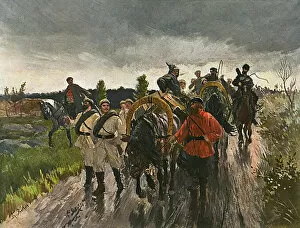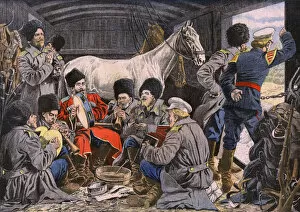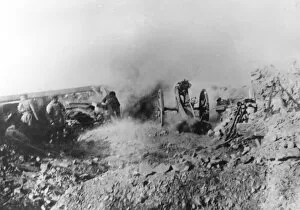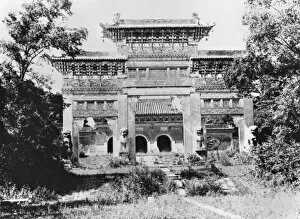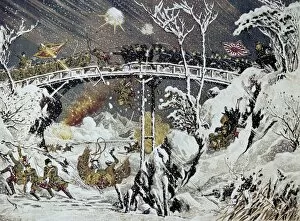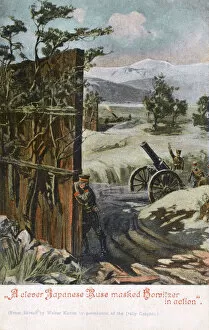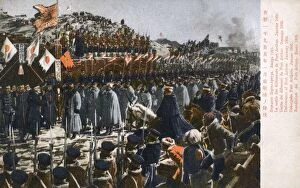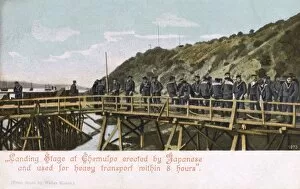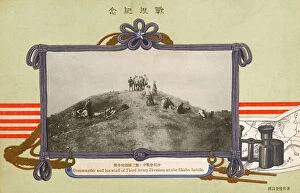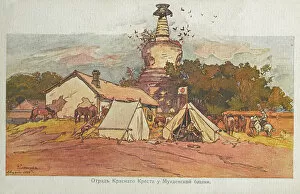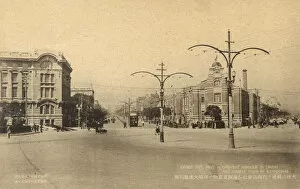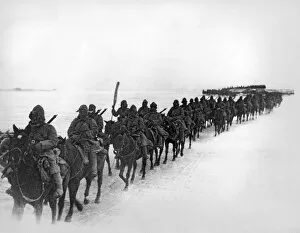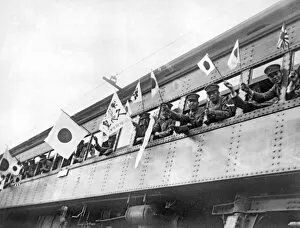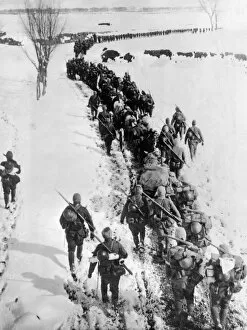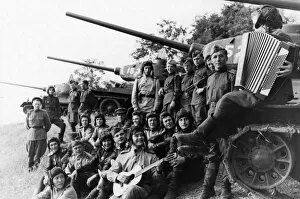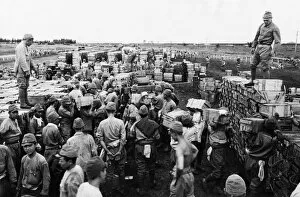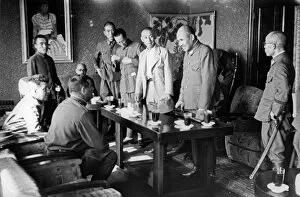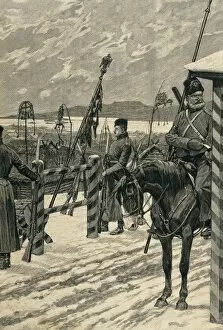Manchuria Collection (#6)
Manchuria, a land steeped in history and intrigue. It witnessed the rise and fall of empires, leaving behind tales that still echo through time
For sale as Licensed Images
Choose your image, Select your licence and Download the media
Manchuria, a land steeped in history and intrigue. It witnessed the rise and fall of empires, leaving behind tales that still echo through time. In 1894, the Japanese took control of Port Arthur, marking a pivotal moment in Manchurian history. This event set the stage for future conflicts and power struggles within this region. The Boxer Rebellion of July 1900 saw many desperate souls seeking refuge from Harbin. The chaos and violence pushed people to escape their homes in search of safety elsewhere. Amidst these tumultuous times, one can find solace in the companionship of a loyal Chow Chow dog. Their front view captures their regal appearance and unwavering loyalty, providing comfort during uncertain times. The South Manchurian Railway played a crucial role in connecting different parts of this vast land. Its interior sleeping car offered respite to weary travelers as they embarked on journeys filled with anticipation and adventure. Harbin's most northern town held remnants of an old Russian house - a testament to the cultural fusion that occurred throughout Manchuria's complex past. Japanese troops departing Yokohama for Manchuria showcased the ever-changing dynamics between nations vying for influence over this coveted territory. Sawing timber became an essential industry in Manchuria during the early 1900s. The sound echoed through forests as workers labored tirelessly to meet growing demands. The Russo-Japanese War froze events into memory forevermore. Battles raged across this land as two great powers clashed over dominance, leaving scars etched upon its soil. Within Shenyang stood the South Manchurian Railway Company Hospital - a beacon of hope amidst turmoil where lives were saved and healing began anew. "The Ultimatum" hung heavy in the air as decisions were made that would shape destinies far beyond what anyone could have imagined at that time.



